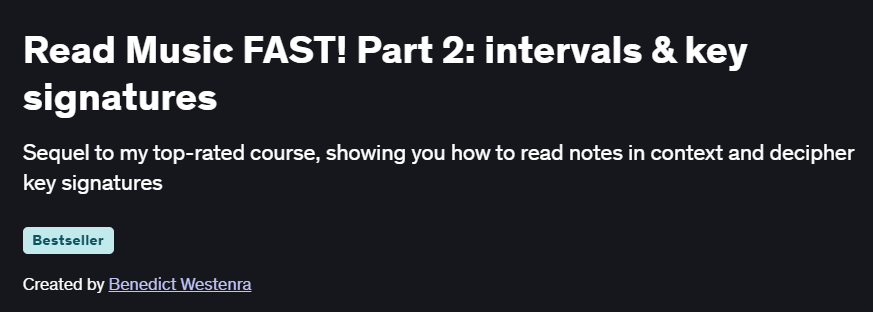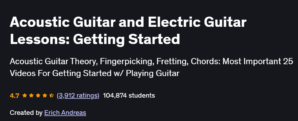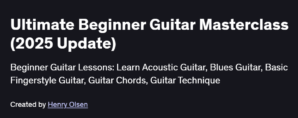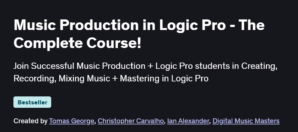What will you learn in Read Music FAST! Part 2: intervals & key signatures Course
Recognize and name all interval types—2nds, 3rds, 5ths, octaves—in notation and on the keyboard.
Read and interpret any key signature at a glance, major or minor.
Work out any major or minor scale quickly using the instructor’s Red/Blue System.
Determine the key of a piece by its signature, and vice versa.
Program Overview
Module 1: Introduction to Intervals
⏳ ~20 minutes
Topics: What an interval is; naming conventions; major vs. minor vs. perfect intervals
Hands-on: Identify and play sample intervals on the keyboard; complete the “Interval Recognition” quiz
Module 2: Interval Recognition in Context
⏳ ~30 minutes
Topics: Spotting intervals in written music; intervallic relationships within melodies
Hands-on: Read short score excerpts and mark interval sizes; play corresponding intervals by ear
Module 3: Reading Key Signatures
⏳ ~25 minutes
Topics: Sharp and flat order; mapping signatures in treble and bass clefs; circle of fifths overview
Hands-on: Write out all key signatures in both clefs and test yourself with timed drills
Module 4: Major Scale Mastery
⏳ ~25 minutes
Topics: Constructing major scales via whole/half-step patterns; Red/Blue System for rapid recall
Hands-on: Build and play each of the 12 major scales on the keyboard; complete the “Major Scale” challenge
Module 5: Minor Scales & Key Identification
⏳ ~20 minutes
Topics: Natural, harmonic, and melodic minor scale patterns; identifying piece keys from signatures
Hands-on: Work out minor scales in all keys and determine the key of sample excerpts by signature
Get certificate
Job Outlook
Music Educators & Theorists: Entry-level theory instructors earn $35–$50 per hour; university lecturers average $50k–$75k/year.
Arrangers & Transcribers: Freelance rates range $40–$100 per hour depending on project scope.
Session Musicians: Strong score-reading skills in any key unlock more studio and live-performance opportunities.
Specification: Read Music FAST! Part 2: intervals & key signatures Course
|
FAQs
- Completing Part 1 is helpful but not mandatory.
- This course briefly reviews key ideas from the first section.
- You can still follow along if you already read basic notes.
- It’s suitable for self-taught musicians who know basic rhythms.
- You’ll quickly catch up through practical interval exercises.
- Intervals help you recognize note relationships instantly.
- You’ll stop reading every note individually.
- It trains your brain to “see” musical patterns, not symbols.
- The skill leads to smoother transitions between notes.
- Professional musicians rely on interval recognition daily.
- Yes, it explains key signatures through logical visual patterns.
- You’ll learn tricks to memorize sharps and flats quickly.
- Exercises train your brain to identify keys at a glance.
- It connects key signatures to real-world songs for context.
- Complex concepts are broken into easy, repeatable rules.
- While focused on reading, it indirectly sharpens your ear.
- Recognizing intervals improves pitch awareness naturally.
- You’ll start to “hear” what you see on the page.
- This dual approach enhances both visual and aural memory.
- It lays groundwork for future ear training practice.
- Absolutely—no formal training is required.
- Lessons are explained with clarity and practical visuals.
- You’ll gain confidence reading music in days, not months.
- The structure suits both hobbyists and adult learners.
- Progress tracking helps you learn at your own pace.





